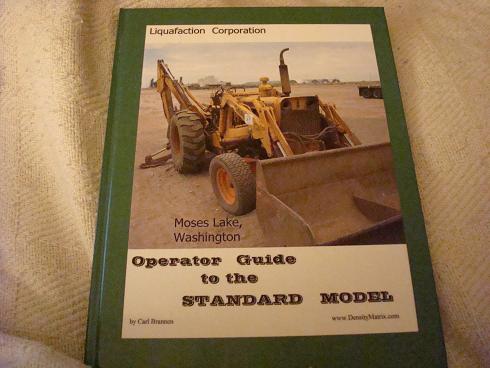Kea kindly pointed out to me that the Perimeter Institute just put on the web a lecture on density matrices and the foundations of quantum mechanics. The lecturer is Christopher Fuchs, and the duration is an hour and a quarter. As a promoter of density matrix theory, I thought I would discuss it here.
The lecture begins with the contribution of the foundations of quantum mechanics to the descent into insanity of John Forbes Nash some 50 years ago. Fuchs shared my view that quantum probabilities are not “non commutative generalizations” of classical probabilities, but his analysis is based on the assumption that quantum states should be written entirely in probability form. In this I disagree.
For those who don’t know what this is about, quantum states are usually represented by “state vectors” which are vectors in a Hilbert space. One can manipulate these state vectors by applying operators to them. That is, an “operator” is a linear transformation that maps the various state vectors to new state vectors. When one operates on a state vector, therefore one gets a new vector. To compute a probability, one takes two vectors and uses the inner product of the Hilbert space to multiply them. This gives a complex number. The probabiliy is the square of the absolute value of that complex number.
Continue reading

